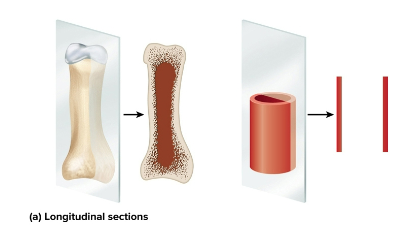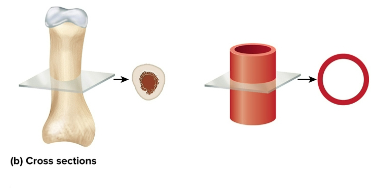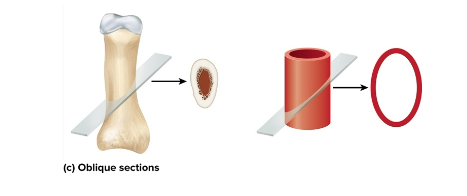Chapter 5, Lesson 1: The Study of Tissues
1/14
Earn XP
Description and Tags
Flashcards from Chapter 5, Lesson 1 of McGraw Hill Anatomy and Physiology, Ninth Edition, by Kenneth S. Saladin.
Name | Mastery | Learn | Test | Matching | Spaced |
|---|
No study sessions yet.
15 Terms
Categories of tissues
Epithelial, connective, nervous, and muscular tissue
Organ
A structure with discrete boundaries that is composed of two or more tissue types
Histology
The study of tissues and how they are arranged into organs; also called microscopic anatomy
Tissue
A group of similar cells and cell products working together to perform a specific role in an organ
Matrix
Extracellular material composed of fibrous proteins and ground substance
Ectoderms
Outer layers of cells; epidermis and nervous system
Endoderms
Inner layers of cells; mucous membrane lining of digestive and respiratory tracts
Mesoderms
Middle layers of cells; gelatinous tissues of collagen that give rise to cartilage, bones, and blood
Stains
A tissue that is mounted on slides and artificially colored to show different cellular components in a section
Histological section
Tissue sliced into thin sections one or two cells, may miss the cell nucelus or not show continuous ducts

Longitudinal section
Tissue cut on its long axis, similar to the frontal or sagittal views

Cross (transverse) section
Tissue cut perpendicular to the long axis

Oblique section
Tissue cut at an angle between cross and longitudinal sections
Smear
Rubbing tissue across a slide; used for blood
Spread
Stretching out membranes and cobwebby tissues on a slide